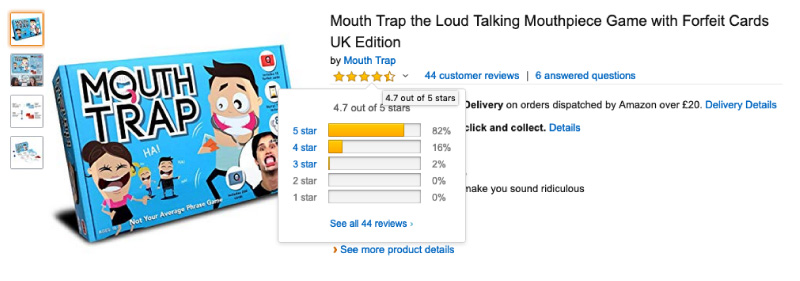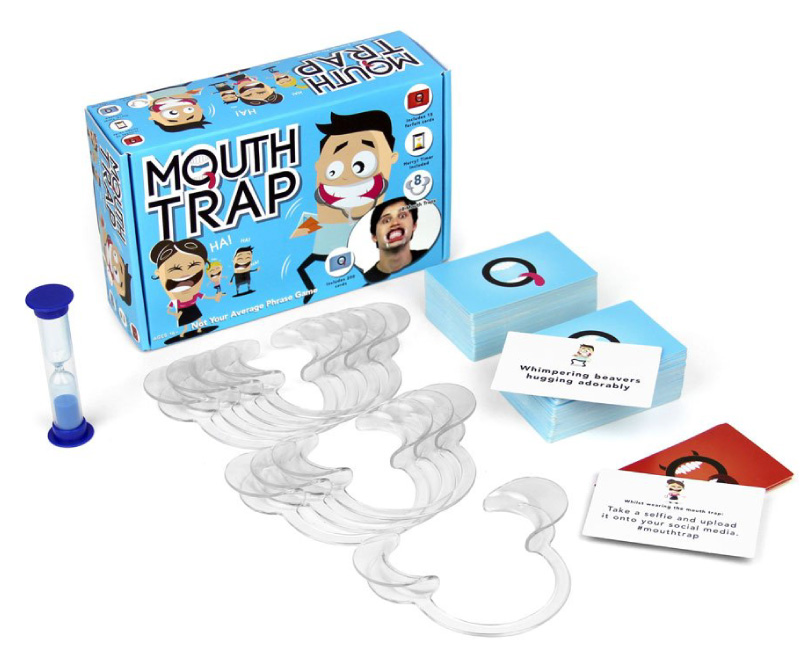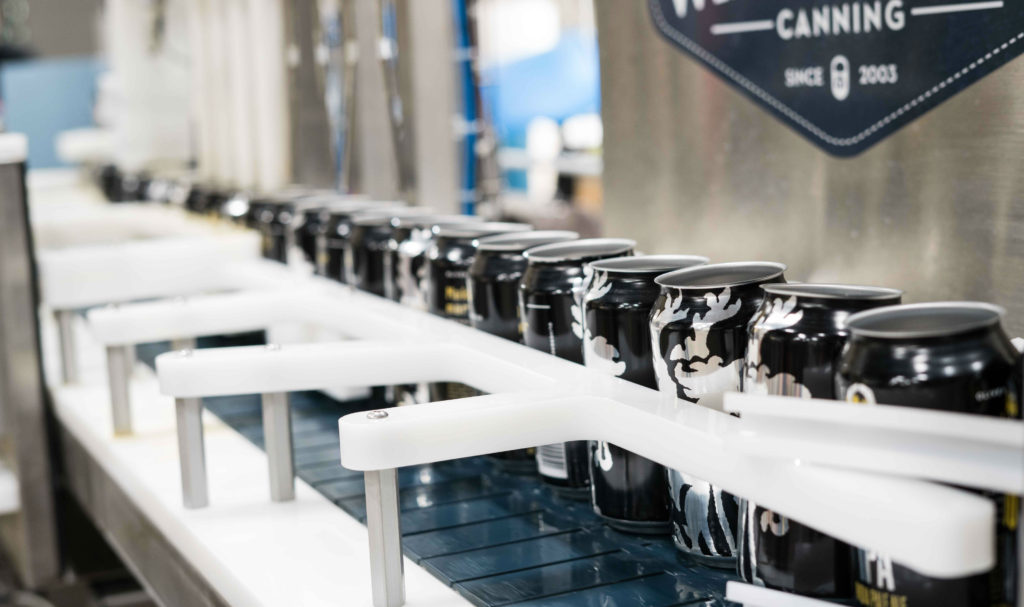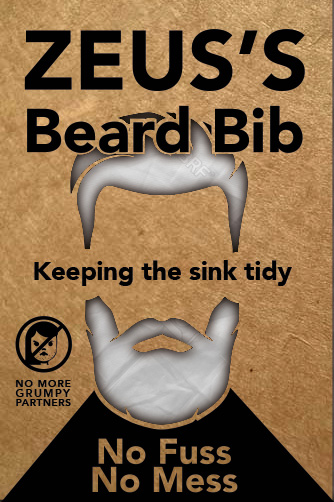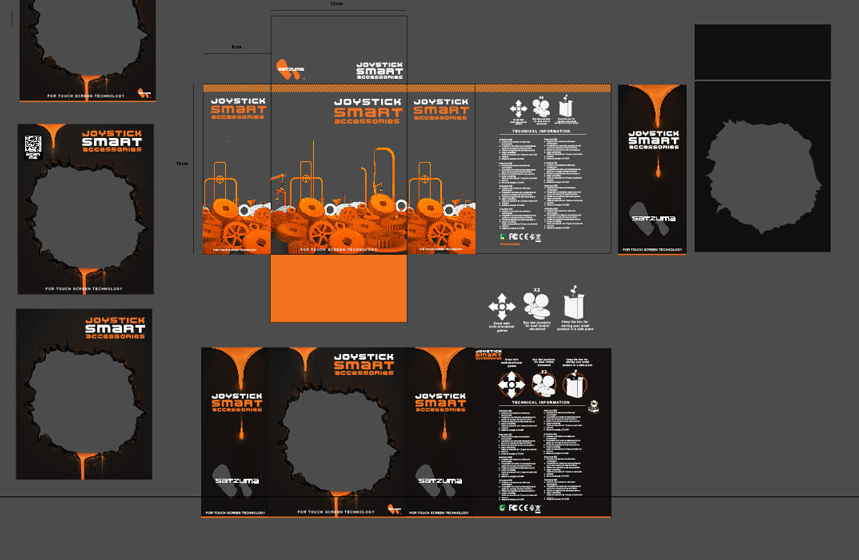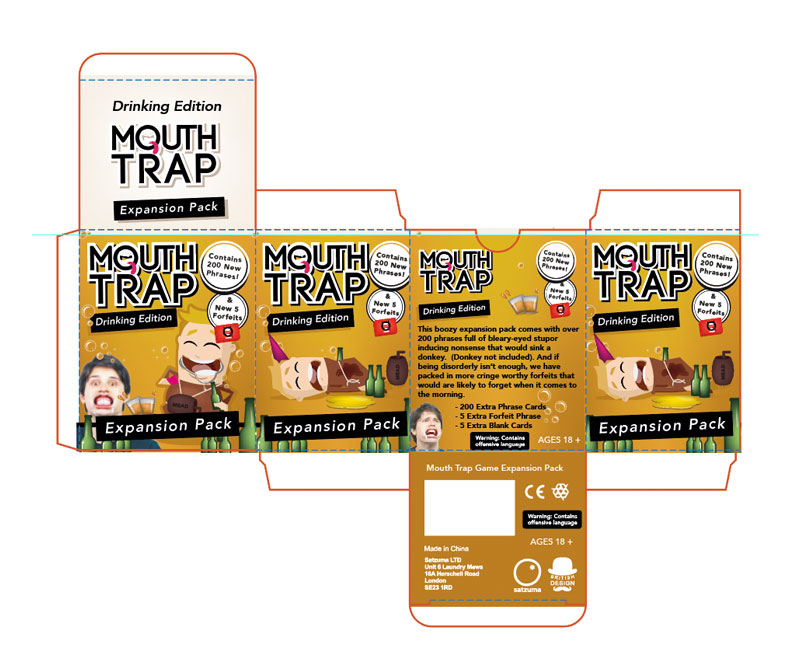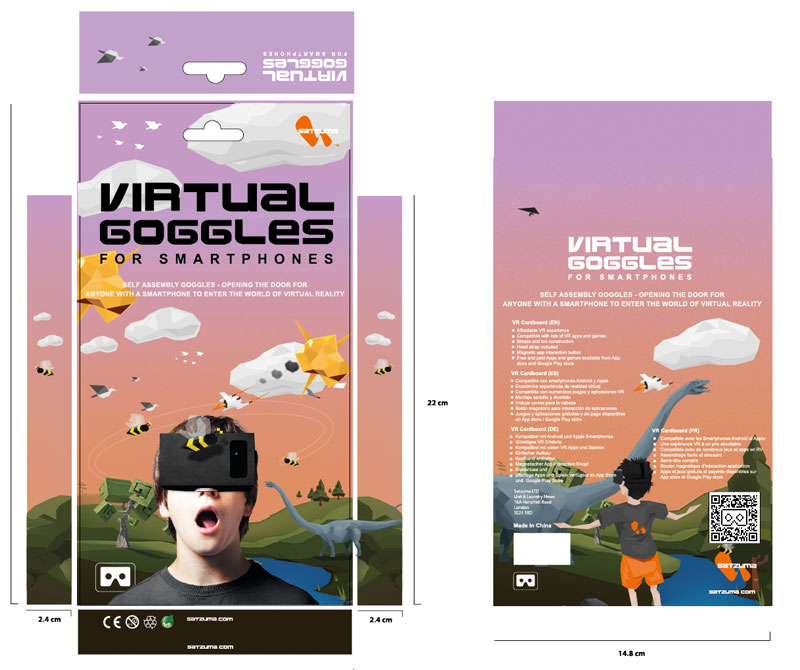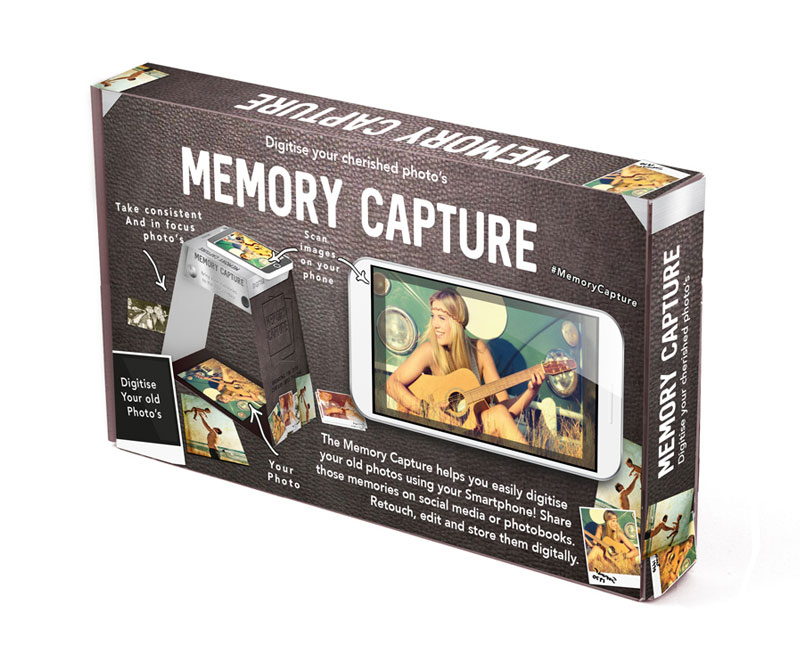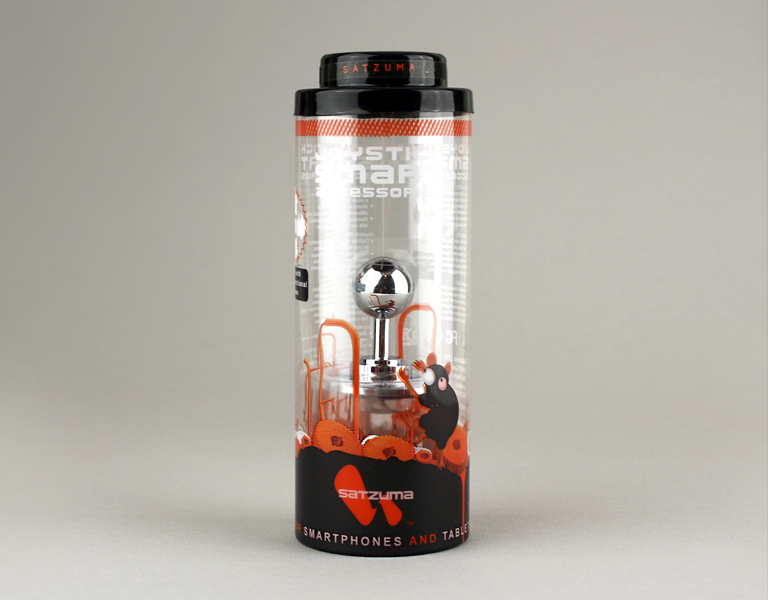This post has been written to answer how to get into the board game design industry and what you can do to potentially get through those elusive hidden board game industry doors.
Getting into the board game industry is both simple yet difficult. When you know how and where to look, it Is simple.
When you do not know where to begin, getting into the board game industry is difficult, or at least finding the hidden doors is hard.
Boardgame design is experiencing a creative renaissance and there is no better time to join this growing fun and creative business. Nobody could blame you for wanting to work for a board game company at this time.
Getting involved in the industry is fun, creative, and rewarding!

What does it really mean to be In the board game industry?
Many board game designers are individuals and small teams with board game design being their passion. Their companies and side projects may run secondary to another main source of income.
In other words, their board game companies are paid hobbies that may bring them additional income and fulfilment.
These are all people who have got into the industry and make up for a large portion of the creators behind board games and the creative board game development.
Many of these smaller independent games design companies might be friends, partners, husband and wife teams etc which make up the board game ‘in’ crowd.
To get into the board game design industry, these smaller teams started to create games for the love of making games and published their own.
The smaller studios and tabletop game developers often grow their companies from a side passion to something that can earn money and allow them to continue to make board games.
Of how to get into the board game design industry and get involved with the big publisher to sell your game – that’s a battle in itself and are 2 very different doors into the industry.
Details below, if you are looking at working in the tabletop gaming industry, want to work for a game publisher or sell your game, idea or product then this helpful post is for you.

how to get into the board game design industry and work with smaller publishers and designers
If you are just starting out, looking to change career, or launch a passion project you can start creating your board game now.
There is no harm in starting small on a hobby project and working your way up to the bigger companies later if that is what you want to do.
There is also no shame in working with smaller companies and staying with little studios. By being part of a small team or going solo, you can get hands on experience with game design and development on many levels and in many “departments”.
As with various creative roles in the smaller outfits, it is a great way of being shown the ropes when you are part of a small unit.
But, even getting involved with smaller studios can be a challenge if you don’t want to go solo or you are just starting out.
Here are some tips on how to get into the board game industry and work with smaller developers and publishers.

Steps on how to get involved with (smaller businesses) in the board games industry
1 ) Have an interest in board games! This should be a given, but if you want to create some games, great! If you just want to make quick money, consider other careers.
2 ) Start creating games. Make it all about the game and the enjoyment of creating games. If you are stuck for ideas consider making a personal game project with a pencil and paper. You can make a fan game to, like this website shows – how to create a HeroQuest style game.
3 ) Take an interest in other games that have been created. Ideas rarely come from nowhere! Show interest in what types of games you like to play.
4 ) Sign up to board game forums and become an active member
5 ) Hang around with board game creators! You can attend various meetups and casual board game events
6 ) Network work extensively

That list of steps is a simplified way of what you can do to get into the tabletop gaming business and work with the smaller studios and independent makers.
There are many ways of accessing the industry and at varying levels.
And to be involved – is to be involved!
Enjoy games and meet people that also enjoy creating games, make connections In the gaming field.

how to access the board game industry and sell your game (small scale)
If you want to get serious and commercialise your game, meeting the right people is both important to this goal and challenging.
But how do you make these all-important contacts?
It is a case of where to be and where to look.
The most simple first step to making some initial contact in the industry is by going onto forums, looking at board game directories, and seeing what companies you find on Google.
This is the most straightforward, but in my opinion – not the most effective solution for making contacts in the board game industry.
Meeting face-to-face and showing what you can do is better. You can build up a rapport and discuss board games there and then. Be it at a show or a networking event.
So ‘where’ to meet these contacts and get into the board game design industry.
Get involved with the board game industry by attending shows and conventions
One of the best ways of getting involved with the board game industry is by showing up to conventions and shows and saying “hi”. Go to the boardgame stands, say hello and talk about your passion and see where it may lead!
Going to conventions and shows will also broaden your view on the industry as a whole. You get to meet companies that focus on party games, board games for the family, adult games, card games, poker games, RPG’s, science fiction, fantasy, games for young children!
There are too many to list.
Going to shows is a big way to build those all-important contacts.
Another way of getting into the industry, is through self-proclamation!

Self-publish your board game! “I am a board game developer”
I am a board game designer! Therefore, I am part of the board game industry!.
Another way to get into the board game design industry is by creating your own games and products. You may have already created your own game or aspire to create a game. By actually creating a game or products around gaming you can say –
“You are part of the board game industry”
To what capacity? That can be left to interpretation.
Creating a game and building a board game design career
The main focus of this article is on how to get into the board game design industry and creating your own games is early access to this.
I do not wish to deviate too much into the intricacies of creating a board game in this article. Creating board games is a skill in itself that deserves more than just a few sentences.
You can read more on creating a retail-ready game here if you want to focus on board game creation and selling your own products.
If you would like help with creating your game, you may also wish to look at the board game design services page or get in touch via my contact form.
Creating your first game or board game product is a great way of getting into board game creation. You can learn a lot from even just making a prototype. You can either pitch your prototype to a company or look at selling it yourself.

Getting involved with the big board game publishers (selling to and working with)
Getting into the board game design industry is challenge number 1. Eg create a game or fan game) and show what you can do. Set up a business.
But.
Working ‘with’ or ‘in’ the BIG board game companies is a separate challenge in itself, and tough inner circle to break into.
Because it is hard to get into, it certainly doesn’t mean that it isn’t worth it. Especially from a financial or publicity standpoint.
Here are few listed benefits as to why getting your board game into a larger board game can help your and your board game development career.
The benefits of getting your game in with a big company (selling your game)
- Larger market penetration and industry coverage. The larger board game companies – publishers and distributors are more likely to have the retail and business channels to sell more copies of your board game in higher volumes. They might be good to approach after you have also (potentially) created a Kickstarter, if crowdfunding is a path you take.
- Great marketing for your board game. At first, getting your name out there can be a huge advantage for the future and for growing your board game design business.
- More revenue – Having more revenue isn’t the same as having a higher margin (making more money per individual unit) The the big retailers are likely to shift larger volumes of your game than just you on your own.
More on the example below.
Selling your game through a larger board game company vs do it yourself – rough example
Although “do it yourself” is a great way of getting into the board game industry, you will have to out a lot of energy into multiple avenues of the business. As opposed to the bigger business may be able to sell your game in larger volumes.
Do it yourself method
You sell 100 units, throw all of your time and energy into distribution and logistics – earn £3 (profit) unit for example per game. You take away £300
Selling your game through a large publisher or distributor (getting involved with the companies)
As an example, you sell 10,000 units through a board game publisher or distribution company and earn £2 per unit. (rough example – NEVER a guarantee)
Per unit, that is less.…
The publishers will take a larger cut – BUT – you earn £2 x 10,000 = £20,000. The bigger companies have access and possibly bigger selling power.
Not only will you be more likely to sell higher volumes through a board game distributor or publisher. It will allow you to focus more on board game development and design. If that is what you want to do.
To get involved with the large publishers can be difficult if you are starting out in your career. The next section focuses on how to get into the board game design industry and work with the big board game companies.
“The easier you make it for the businesses to sell your game and increase ‘their’ revenue. The easier you will make it for yourself.”

How to get your board game into the big companies, publishers and retailers
If you are board game designer and developer or an aspiring creator! You may have ambitions to get your game into the big publishers and distributors.
As with any businesses, and contrary to popular belief, most companies and buyers are risk-averse. If working with you and your game proves to be a potential risk with weak financial returns, they won’t sell your game.
To get involved with the big companies in the board game industry, make your game retail-ready and full or promise.
The easier you make it for the businesses to sell your game and increase ‘their’ revenue. The easier you will make it for yourself.
In other words, earn more revenue for them and earn more revenue yourself.

Getting yourself and your board game ready for retail
In order to get into the board game industry, I have written a couple of design-focused entrepreneurial tips that will help you in creating a game for retail in mind.
Creating your game and playing it is one thing but creating game that gets the attention of the bigger businesses is another.
Ways you can pitch a retail-ready game.
* it should be noted that reading posts and saying “is that all” it takes is not the best mindset to start on. Creating games and creating games ready to be sold is a big time consuming effort and can be a labour of love many.
Tick boxing alone, will not guarantee the success of a game. Use your initiative, use critical thinking, and be prepared to try and try again to crack that industry!

How to work for a board game company (in house, freelance)
To work for a board game company you need to prove that you can work in a relevant field in the board game industry and also work as part of a team!
There are various skills, roles and departments for budding games designers to consider :
- – Boardgame designer
- – Graphic designer and artists
- – Illustrator and artists
- – Concept artist
- – Writers and board game editors
- – Story writing
- – 3D modellers
- – Sculptors (traditional and 3D)
- – Moulders and casters
- – 3D printing services
- – Prototype makers
- – Card designers and printers
- – Logistics and warehouses
- – E-tailers and retailers
- – Play testers
- – Sales
- – Administrative positions!
- – Translators
Also, being a creative director, producer or MD.
To answer “how to work for a board game company“, be it freelance, contract, or in-house, you should consider working on skills that will lend itself to the game company you wish to work for or with.
As with the list of skills and roles above, this is a glance at some or the roles and departments available that you can work in. If you wish to work in a more permanent position at a company or a board game publisher you should network and look on job boards to find the ideal position for you.
You may also need to be prepared to move location for most jobs if you wish to work in-house.

What is the ‘best’ way of getting work in the board game industry?
There isn’t a single and clear cut path of how to get into the board game industry, each journey and career will be unique to the individual.
To choose which is the best way, as based on opinion, experience, and observations on how to get into the board games business. I would say the following are some of the best and most prominent ways of getting into the tabletop gaming industry.
1) Have a passion for tabletop games or/and creating games
2) Meet the right people for your game niche and share passion, knowledge, and skills with games and creating games.
3) Attend trade shows and make contacts. Network with other board game creators * ( personnel and favourite/ best method)
4) Look on jobs boards in the creative industries and dedicated board game communities. Facebook and Board game geek
5) ‘Niche’ on a certain skills and keep scouring the communities equipped with a portfolio or examples of what you can do!
6 ) And above all else – the best way on getting into the board games is to keep trying if you are passionate about board games!
“We found these contacts mostly through trade shows and events.“

How to get into board game design industry | A firsthand account
I wanted to discuss my first-hand account of how I became involved in the board game industry and how you may find my story interesting or helpful in your creative journey!

I was involved In creating a party game at my previous job. It was created as part of “Product Development – innovation engine” which was a weekly process that was rolled out from 2016.
I and the team at the time realised that a game might be popular. It was inspired by something a colleague had seen on TV. I was sceptical initially but I was won around. (good job!)
We spent a few months designing and developing a party game.
The game was a commercial success and we went on to develop more products and expansion at the request of a large board game retailer. This opened a very wide door to more investment.
From there other retailers also requested the game. It grew in popularity in the UK.
We found these contacts mostly through trade shows and events. They were a mixture of board game distribution companies, smaller retailers, and high-street shops.
That was my first-hand experience in working commercially in board games and 1 first-hand example of how to get into the board games industry.
Off my own back.
I then started to find more contacts at conventions and shows. Many of the these people I networked with were a mixture of small independent game designers to larger-scale board game developers.
And to this day, I am always looking for ways of building new contacts and ways I can help independent board game developers create their game.
That was an (‘is’) part of my professional journey.

An example of how to start early – get your children to start making games!
This is an example of somebody that has the will and drive to create something they love! This person was undeterred by pessimism, cynicism, and the knowledge of money!
Just the want and the like of creating their own game. I think there is a lesson us adults we can learn here.
* For confidentially, I cannot mention in detail about the parties involved.
I wanted to draw your attention to this prototype by a budding game designer. ( my part was in the visual and creative design + getting it ready to look at )
The client started first by drawing a rough game on post-it notes and mapping out the game.

They had already playtested and worked out the mechanics before contacting me. They just wanted to figure out “how to make it”.
From the rough prototype. I came up with visuals, character vectors and ideas how it would look and what was going on.
I had the joy of designing the box art, the game cards, conceptualising and creating the dinosaurs, the caveman, tokens, and the board!
This is an example of what you can do if you decide to go down the self-publish route.
Create a pitch ready prototype!

Having something physical to show looks both professional and that you are serious and passionate about the board game industry. This will be your early steps of how to get into the board game design industry
People are often tactile and like to look by touch also.
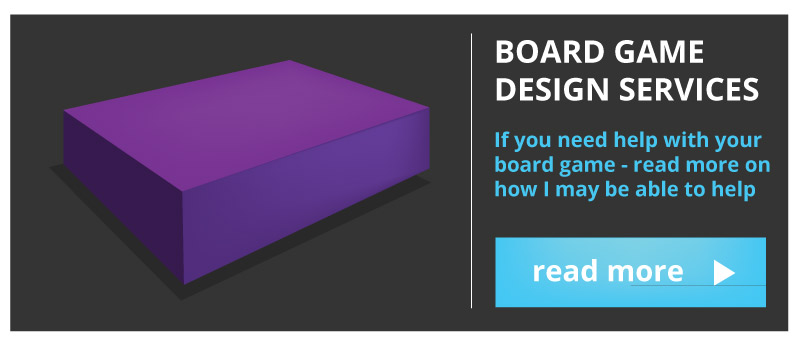
How to get into the board game design industry – The final answer
To consolidate and simplify the answer, there are a couple of main routes on how to work in the board games industry.
The main path is by making the right contacts at shows, conventions, and events – meeting the right people in senior positions at board game companies will put you at a strong advantage.
Another alternative way of getting into the board game industry is by creating and publishing your own game and making yourself part of the industry.
The final point for you to get into the industry is by looking at niche board game job boards or job boards in creative industries. Look on Facebook and Board Game Geek also
With many creative businesses – a big part of it is, who you know, what you can do.
Love (or like) what you do!
that is how you can get into the board game industry. Persistence, passion, and having a lot of good relevant business contacts in the business. And trial and error, luck and determination.
If you have found this post helpful, feel free to share. All the best in your board game creation career.
In your journey into getting into the Boardgame design business you may also find some of the following articles helpful.

Other helpful topics to help you get into the industry
– How to commercialise and sell your board game
– Steps on creating a successful retail-ready party game
– Getting to grips with drawing on a computer with a graphics tablet (creating digital artwork)
– Product design – Stem cardboard products
– Packaging projects for the high-street
– How to create STEM or learning product you can sell
Creative board game services (Design website)
– Freelance vector illustration and character design for your board game
– Table top, card and board game design services
External Website for getting into tabletop board game development
– How to create your own private of fan type game for yourself (inspired by HeroQuest)
The games and images in this article are all copyrighted, please do not use or distribute. Handy tips – how to get into the board game design industry and how to work for a board game company.
“NETWORK!”

